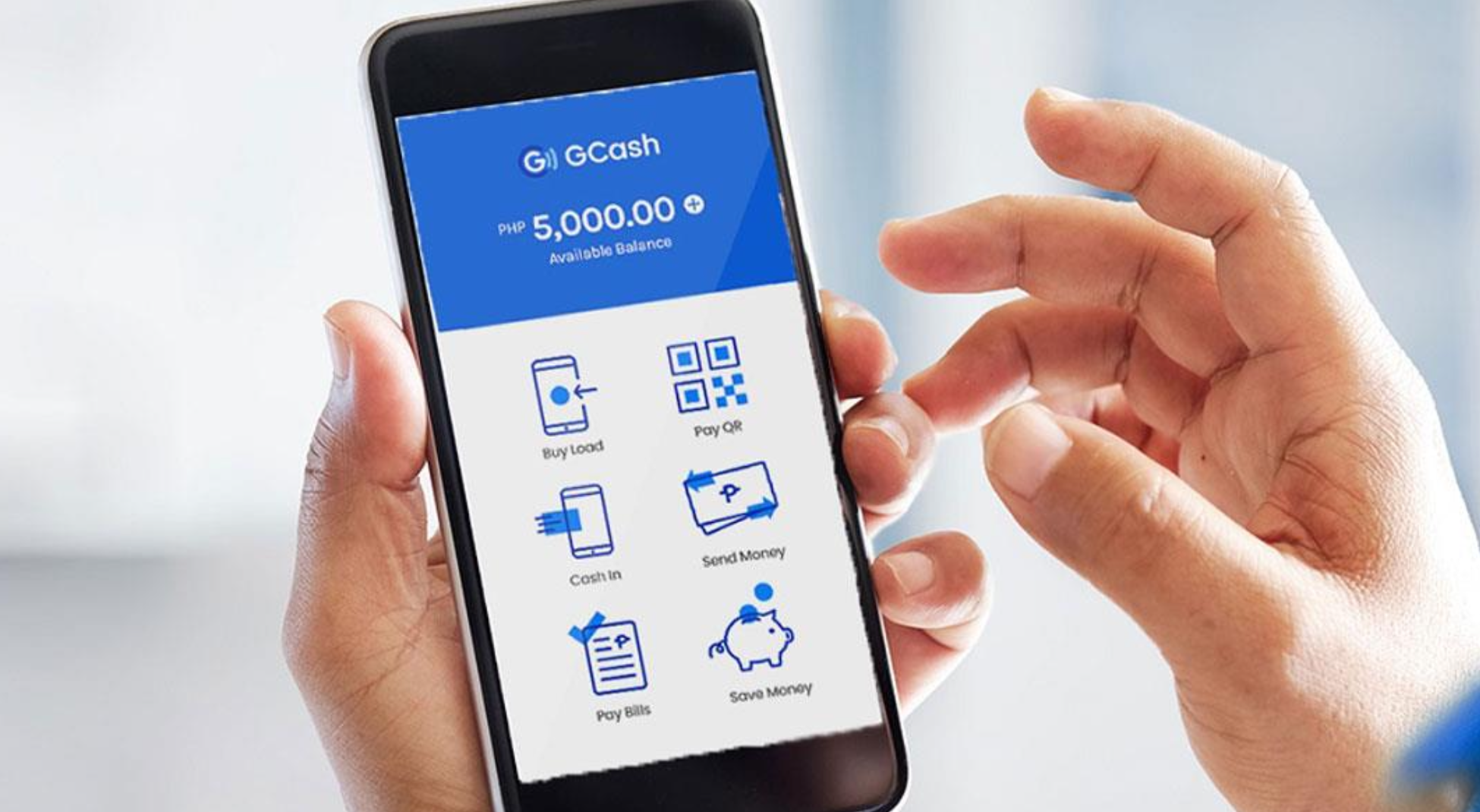
Digital Youth: Exploring New Business Models
We have started to think through the format for the Digital Youth Summit at the next Telco 2.0 Industry Brainstorm in October. As we pointed out in a previous post, we want to move the debate on in this event and challenge participants to work on creating potential new solutions that drag them into the ‘Telco 2.0’ world. We’ll apply a new Telco 2.0 ‘Business Model Framework’ which we’ve been using with a lot of success with consulting clients recently.
At the last Digital Youth event in March, we looked at many of the issues and opportunities for operators in serving this market segment.
This time around, based on input from our community, we want to focus more tightly in the following way:
Focus on a Sub-Segment: Students & Young Adults
The broad ‘Youth’ market is far from homogeneous, as it covers school children, school leavers, students in tertiary education (university) and those embarking on their first job. We think it makes sense to focus on the last two sub-segments because:
1.) They are making their own decisions about telecommunications and are either earning or have a bank loan or parental allowance – they control the purse-strings;
2.) They are inherently more valuable than the younger sub-segments;
3.) They are on the cusp of evolving into other adult segments and so offer the greatest immediate insight into what the Telco community needs to do to evolve their proposition in a Telco 2.0 world.
There is also a great opportunity for operators to get ‘em as customers when they are about to have their own money to spend and keep them during lucrative adult years. This is the strategy of the financial services community which offers attractive loan rates to students and first time home-buyers. One advantage that banks have over operators is the (real or perceived) difficulty of switching banks – how many times have you changed banks? – which makes a high investment in ‘youth’ feasible. Retaining these customers as they move into higher income groups will be a key challenge for operators going forward.
Input from a Wide Selection of Youth-Focused Organisations
We are attracting stimulus presentations from specialists in the Youth segment in adjacent industries or with a deep understanding of the underlying needs, attitudes and behaviours of students and young adults. This includes Non-Governmental Organisations (NGOs), such as UK Youth a charity seeking to helping young people realise their aspirations. We are also speaking with specialist analysts such as Culture Group a communications and media agency focused on the youth segment or Mobile Youth which focuses on how young people are using mobile telephony and what companies are doing to deliver solutions for them. Incidently, most of these sites have some great background and stats on the youth market.
Last time we were lucky enough to have SonyBMG, Habbo Hotel, Yospace!, and Moblog UK present. This time, we will seek out even more stimulus from music, media and internet companies competing (and winning) in this segment – companies such as Virgin, Warner, Disney, MySpace, Facebook, Second Life, Joost and Bittorrent.
We will also get input from operators and MVNOs that focus on youth. Examples include: Orange, 3, Helio, Blyk, Virgin, Apple/iTunes, T-Mobile, NRJ Mobile (in France) and Amp’d Mobile in the US. Device manufacturers will also be involved, of course.
Purpose of the Day
‘Success’ for the session will be to:
- Understand students/young adults better – what they do, think, feel, need
- Identify how they are communicating/interacting and the tools/technologies they leverage
- Clarify the issues/challenges in targeting and serving this segment
- Learn from existing best-practice in Telco & Media and other industries
- Develop a credible potential telco-centric value proposition, based on our framework, covering:
- Products, services, content
- Marketing & Distribution
- Customer Experience – sales and service
- Business Model
- Partnerships
- Marketing Communications
- Creating a Student/Young Adult Value Proposition
The last point about actually creating a student/young adult value proposition is the piece I am most excited about. Fostering a spirit of action and change amongst delegates is possible by focusing on something very specific.
After we have had presentations on youth customer needs, issues in serving this market, key tools used by the youth for communication and self-expression and best-practice case studies, we plan to present 3 new draft ‘solutions’. Each solution will describe a value proposition based on the 6 points above. STL Partners will do one of the three to get the ball rolling and two will be from third-parties. We will then debate the merits of each and delegates will have the chance to vote on them.
Finally, as a group, we will work up the most popular one into a more robust value proposition with a plan of what needs to be done to bring this to market. The output will, therefore, be a very tangible proposition and implementation plan that should be scaleable across multiple telco/media organisations.
Value Proposition Principles
We will spend the next few weeks defining the assumptions and constraints for the 3 potential value propositions that will be developed for the event. Here are a couple of early pointers:
1. Customer Objective: Enable students/new-leavers to develop stronger social network(s) using services provided by Telcos and their partners.
2. Business Objective: Acquire new customers; Develop strong customer loyalty and high switching costs (discourage young people from switching to alternative providers)
3. Value Proposition: Community-focused Comms solutions built around student/youth values of music, social networking, texting, etc.
Any feedback on this or suggestions re agenda/speakers/outputs for the day – please do get in touch.
Download this article as a PDF
Read more about Consumer services
Consumer insights pack
This document will provide you with a summary of our insights from our consumer services work
What is smart Wi-Fi?
Smart Wi-Fi refers to the use of capabilities in the Wi-Fi system that enhances the network service (reliability, availability and latency).
What is GCash?
In this article, we explore some of the reasons why GCash has become so successful and the ongoing challenges they will face.
Augmented reality use cases: Unlocking consumer experiences
This article examines the impact of AR in two key consumer domains – live events and commerce – and judges where telcos fit in.




